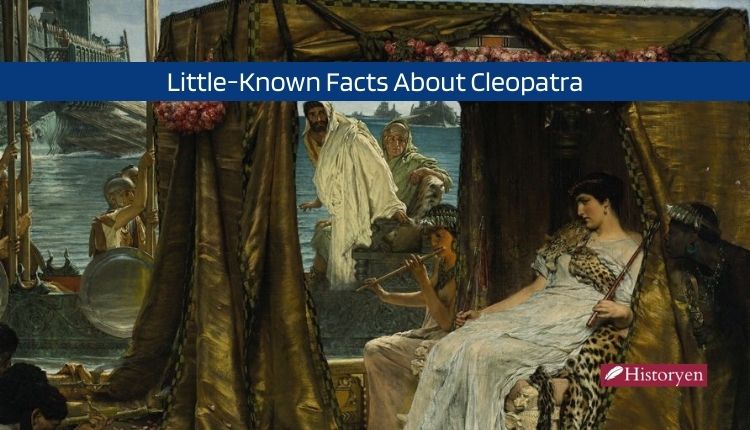George Mallory: A Legendary Mountaineer’s Untold Story
George Mallory, a name etched in the annals of mountaineering history, embarked on a daring endeavor that captured the imagination of the world. As Sir Edmund Hillary and Tenzing Norgay ultimately achieved the coveted summit of Mount Everest, George Mallory dared to challenge the unconquerable peak even before them. In this article, we delve into the life of this audacious British explorer who aspired to be the first human to stand atop the world’s tallest mountain, and explore the persistent enigma that shrouds his final fate.
Early Years and A Natural Climber’s Genesis
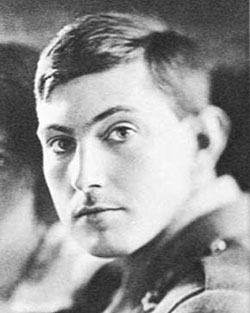
Born on June 18, 1886, in Mobberley, Cheshire, England, George Herbert Leigh-Mallory was destined for heights beyond the ordinary. Growing up in the vicinity of churches, he found himself inexplicably drawn to the challenge of scaling their stone walls. His indomitable spirit soon revealed itself as he fearlessly conquered every climbable object in his path, prompting his sister to recount, “I learnt very early that it was fatal to tell him that any tree was impossible for him to get up.”
From Schooling to Alpine Ascents
The 1890s saw Mallory enrolled in various boarding schools where his prowess in sports and mathematics flourished. It was during his time at a school in Winchester that he crossed paths with Graham Irving, a member of the Alpine Club. This fortuitous encounter ignited Mallory’s passion for climbing, and at the tender age of 18, he embarked on his inaugural Alpine adventure.
Love, War, and Unwavering Dedication
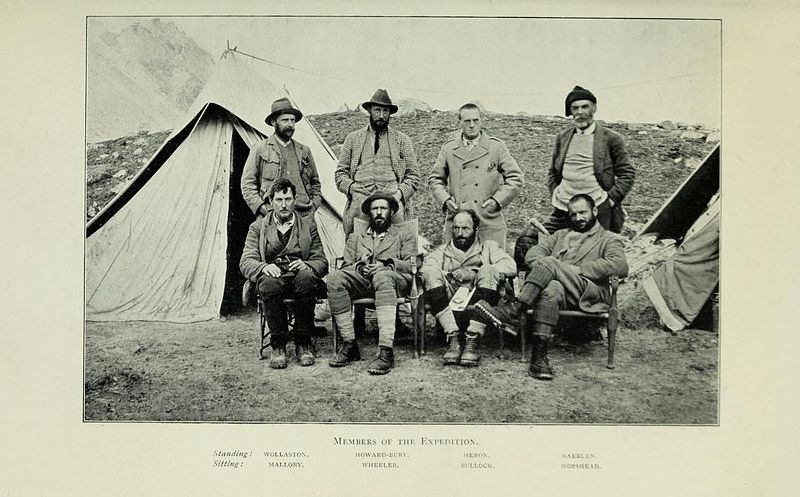
Life’s tapestry wove various threads into Mallory’s journey. Marriage to Ruth Turner and the birth of three children punctuated his years as a schoolmaster. The outbreak of World War I thrust him onto a different terrain, where he served valiantly in France. However, the allure of the mountains never waned, and in 1921, Mallory heeded the call of the British Mount Everest reconnaissance expedition.
Confronting the Unyielding Everest
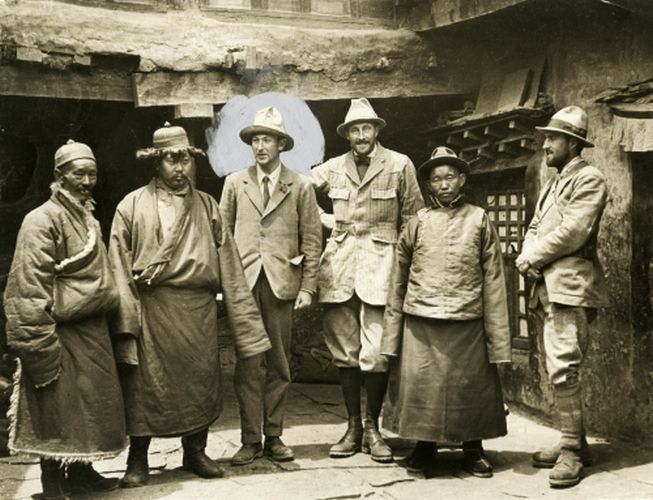
Mallory’s indomitable spirit led him to the daunting slopes of Mount Everest on multiple occasions. The 1921 British Mount Everest reconnaissance expedition marked his initial foray, identifying potential routes while grappling with exhaustion and altitude sickness. The subsequent 1922 expedition and an encounter with a harrowing avalanche underscored the perilous nature of the quest.
The Ill-Fated Climb of 1924
In 1924, at the age of 37, Mallory’s determination surged anew. With Camp IV established on the North Col and an unyielding resolve, he set off with climbing partner Andrew Irvine. Their ascent was marked by optimism, but tragically, they vanished on June 8th, leaving a void that would perplex the world for decades to come.
Frozen Clues and Macabre Finds
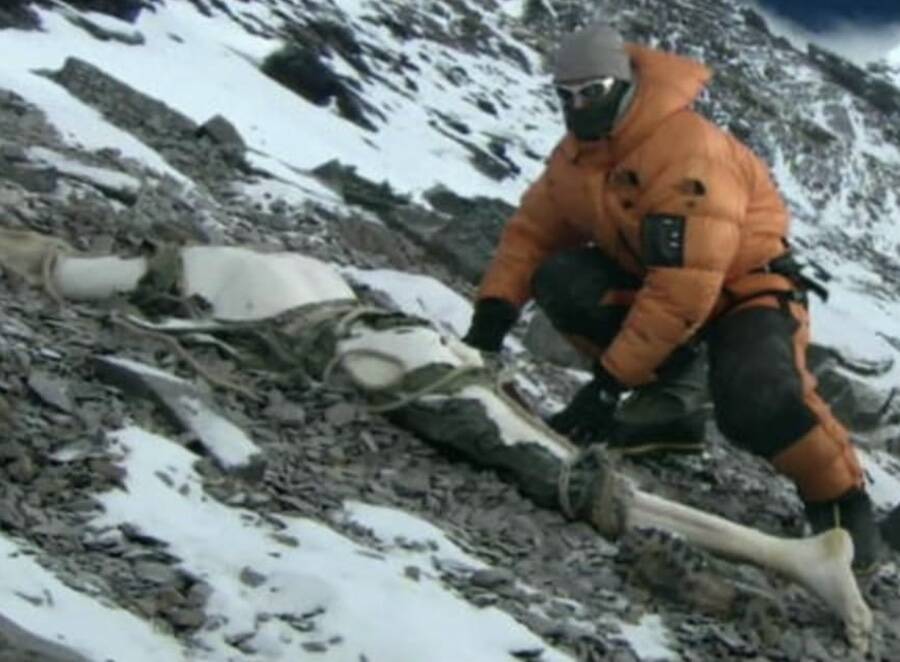
The trail of George Mallory’s fate was littered with cryptic clues. A 1933 expedition unearthed an ice axe believed to belong to either Mallory or Irvine. Although this axe bore Irvine’s mark, a revelation from climber Percy Wyn-Harris questioned its authenticity. The 1936 expedition, under mountaineer Frank Smythe, purportedly identified bodies that were likely Mallory and Irvine. These discoveries, shrouded in controversy and secrecy, added layers to the mystique.
A Frozen Legacy Unearthed
Seventy-five years after their disappearance, a 1999 expedition set its sights on uncovering the truth. Led by Conrad Anker, the “Mallory and Irvine Research Expedition” located George Mallory’s remarkably preserved body on Everest’s northern slopes. The elements had weathered his clothing, yet his legacy endured. However, Irvine’s body remained elusive, and the enigma persisted.
An Unanswered Question That Lingers
The conundrum of whether George Mallory and Andrew Irvine summited Everest remains a persistent puzzle. The prospect of Irvine’s discovery potentially carries the key to resolving this mystery. If Irvine’s body emerges, the Kodak camera he was rumored to possess might unveil the truth. Although the camera’s fate remains uncertain, the allure of solving this century-old riddle endures.
Conclusion
George Mallory’s unwavering commitment to conquering Everest immortalized him as a legendary figure in the realm of exploration. The tale of his daring exploits, enigmatic disappearance, and the relentless pursuit of answers form a narrative that continues to captivate adventurers and dreamers alike. The mountains may guard their secrets, but Mallory’s spirit of audacious exploration lives on.
A: The question of Mallory’s Everest summit remains unanswered to this day.
A: Mallory’s passion for climbing was ignited during an Alpine trip at age 18.
A: An ice axe discovery and alleged identification of bodies in the 1930s added to the intrigue.
A: The expedition led by Conrad Anker found George Mallory’s well-preserved body.
A: Yes, Irvine’s body, rumored to carry a Kodak camera, might hold the key to the truth.
